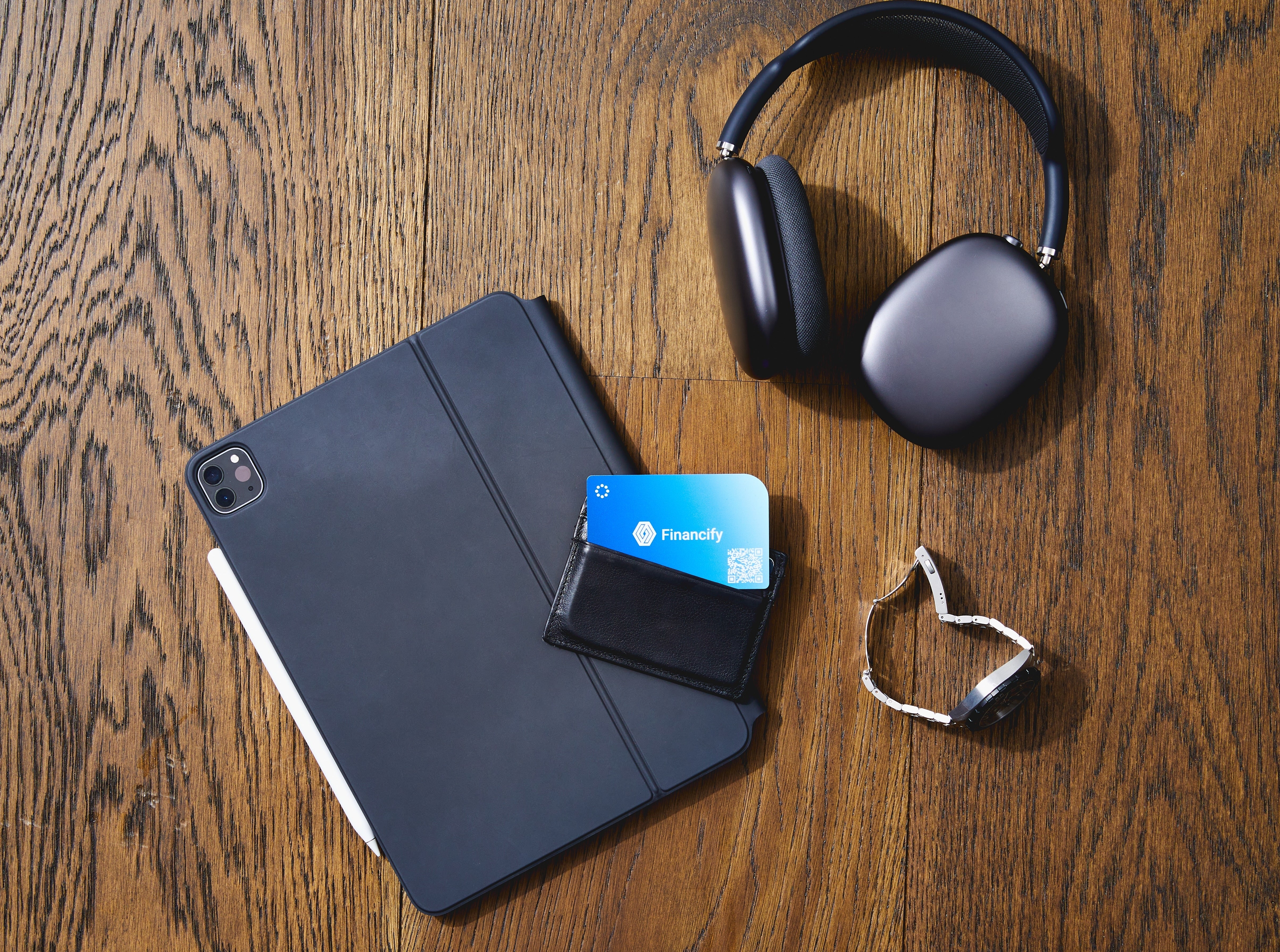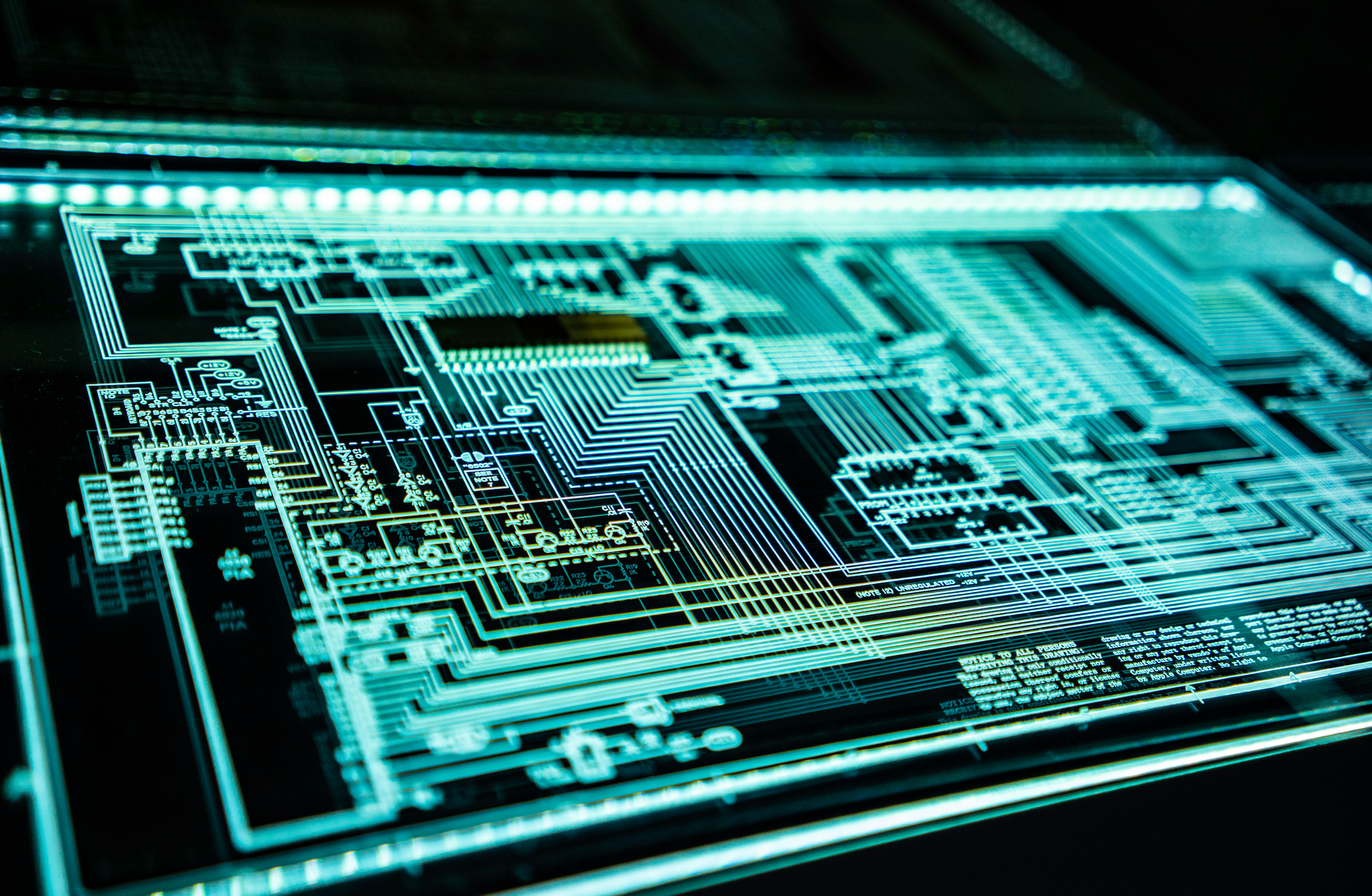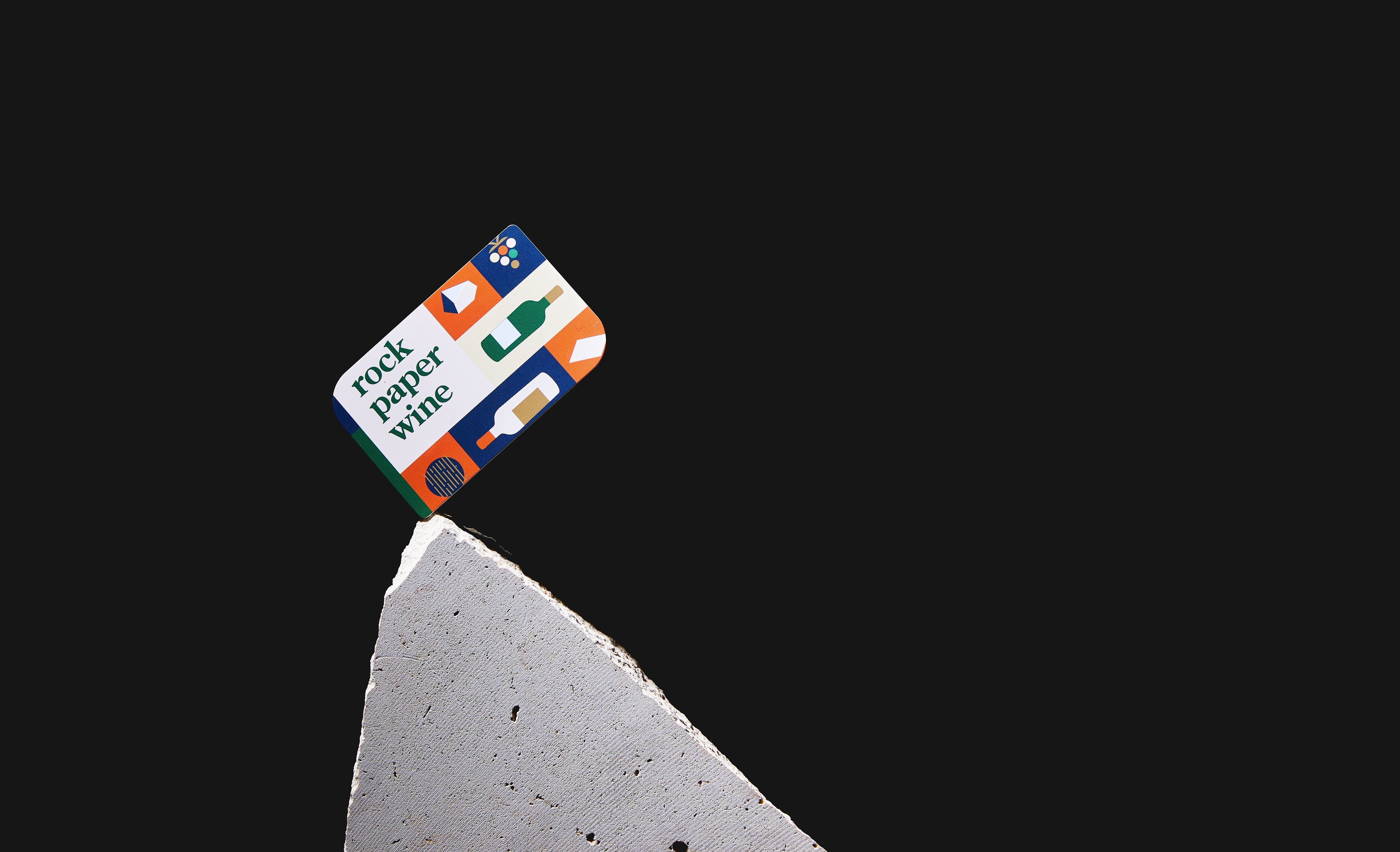The Digital Networking Landscape in B2B
In an era where digital transformation drives every corner of business strategy, networking has evolved far beyond exchanging paper business cards at trade shows. Business-to-business (B2B) interactions increasingly rely on seamless, secure and instant data exchanges. As companies pursue faster lead generation, improved relationship management and measurable ROI on networking events, traditional methods such as paper cards, manual entry of contact details and clunky email follow-ups have revealed their limitations. The demand for smarter, more efficient solutions has never been higher.
Near Field Communication, or NFC, promises to reshape how B2B professionals discover and connect with each other. NFC’s short-range radio technology enables devices to exchange small amounts of data simply by tapping or bringing them into close proximity. While consumer adoption of NFC for payments has surged—an ABI study found a 30% uptick in daily contactless interactions across nine countries—its potential for B2B networking remains underexplored. Yet early adopters are already experiencing streamlined event check-ins, dynamic digital business cards and automated CRM integration.
This article examines the digital networking transformation in B2B, introduces the fundamentals of NFC, assesses current challenges and reviews how NFC is being leveraged today. We will highlight real-world use cases, draw insights from market projections and explore whether NFC can indeed be the future of B2B networking. By weaving in data—such as the global NFC market’s projected growth from USD 21.69 billion in 2024 to USD 30.55 billion by 2029 at a 7.1% CAGR—and showcasing innovative platforms like Tapt, this deep dive will equip decision-makers with the knowledge to evaluate and adopt NFC solutions.
Understanding NFC Technology
Definition and Technical Explanation
Near Field Communication (NFC) is a set of standards for smartphones and similar devices to establish peer-to-peer radio communications when they are brought within about 4 cm of each other. It operates at 13.56 MHz on ISO/IEC 18000-3 air interface, enabling data transmissions at up to 424 kbps. NFC builds upon RFID (radio-frequency identification) technologies but adds bi-directional communication and stricter security controls.
How NFC Works in Business Context
In business settings, NFC tags or chips embedded in badges, business cards or promotional materials can store unique identifiers, URLs or digital profiles. A user taps their NFC-enabled smartphone against a tag to trigger a predefined action: opening a digital business card, initiating a payment, launching a PDF download or syncing contact details. With 94% of all smartphones globally NFC-enabled—and projections showing up to 99% by 2027—compatibility is nearly universal.
NFC vs. Other Networking Technologies
-
QR Codes: QR codes require camera scanning, proper lighting and on-screen positioning. NFC is more intuitive—tapping is faster and doesn’t rely on camera permissions.
-
Bluetooth Low Energy (BLE): BLE supports longer range but consumes more power, requires pairing steps and can be subject to interference. NFC’s limited range enhances security and battery efficiency.
-
Traditional Paper Cards: Manual data entry is time-consuming and error-prone. NFC automates contact capture, reducing administrative overhead and ensuring clean data entry.
Overall, NFC’s blend of speed, security and simplicity positions it as a leading contender for next-generation B2B networking solutions.
The Current State of Digital Networking in B2B
Challenges Faced by B2B Companies
Many B2B organizations struggle with fragmented networking workflows. At events, attendees queue to register, exchange paper cards that later pile up on desks, and rely on manual data entry into CRMs. Follow-up emails often get lost, and measuring event ROI becomes a guessing game. Data security is another concern—lost cards and unsecured spreadsheets expose sensitive information. Companies also contend with disparate tools: event apps, badge scanners, QR code solutions and stand-alone lead-capture devices, each requiring separate training and integration.
Existing Solutions and Their Limitations
- Digital QR Codes: While they avoid paper, they still demand scanning, often fail in low-light or poor camera conditions, and lack standardized data formatting across platforms.
- Event Management Platforms: These comprehensive suites can be expensive, complex to set up and sometimes overkill for smaller events or sales teams. Integration with CRMs may require custom development.
- Wearable Badges and RFID: Reliability improves, but RFID readers are costly and require specific hardware deployments. They also lack consumer device compatibility, limiting ad-hoc usage.
Consequently, companies are seeking a solution that merges the ease of consumer contactless payments with enterprise-grade security and CRM connectivity. NFC appears to bridge that gap, offering rapid data exchange via devices attendees already own, while providing robust encryption and authentication mechanisms.
Advantages of Using NFC in B2B Networking
Streamlining Networking Events
NFC transforms event experiences by enabling swift check-ins and frictionless lead capture. Rather than scanning badges or manually keying in registration codes, attendees tap a badge or card against a smartphone or reader. This instant authentication reduces queues and speeds access. Organizers can deploy NFC-enabled kiosks for on-site check-ins, and integrate attendance data into dashboards for real-time analytics on foot traffic and session popularity.
Enhanced Information Sharing
Business cards are evolving into dynamic digital profiles. NFC tags embedded in cards store URLs, vCard data or multimedia content. When tapped, a recipient’s phone displays the cardholder’s contact details, social profiles, product brochures or even meeting calendars. The global NFC business card market, valued at USD 19.47 million in 2023, is projected to expand to USD 50.01 million by 2030 at a 12.51% CAGR. Such cards can be reused indefinitely, updated remotely and tailored to specific audiences.
Improved Data Security
NFC supports secure channels with 128-bit encryption and secure element hardware modules. Unlike QR codes, which can be cloned or tampered with, NFC tags can incorporate authentication steps—such as one-time passwords or secure tokens. Enterprises in regulated industries benefit from these safeguards. For instance, the global NFC market for healthcare applications is on track for a 20% CAGR by 2025, driven by secure patient data sharing and medication tracking.
Platform Highlight: Tapt
Tapt’s digital cards harness both NFC and QR code technology to let users share contact details with a simple tap or scan, removing the need for bulky paper cards. With built-in two-way exchange, Tapt not only sends your information but instantly captures new contacts, streamlining lead generation. Its ISO27001:2022 and GDPR compliance ensure personal data is secured, while seamless integration with major CRMs like Salesforce, HubSpot and Dynamics365 syncs leads automatically. Customizable options—from Tapt Custom and Tapt Black to Tapt Lite—let organizations reflect their brand identity. Activation is intuitive: tap if NFC is enabled or scan the QR code. Administrators benefit from the Tapt Dashboard’s bulk editing, group management and analytics to optimize networking strategies.
Case Studies: NFC in Action
Success Story: Kroger
Retail giant Kroger integrated NFC to enhance in-store transactions and loyalty programs. By 2025, roughly 50% of its customers utilized mobile wallets tapped at checkout. NFC tags embedded in shelf labels triggered product information and personalized offers when tapped, driving engagement and upsell. Kroger credits improved checkout throughput and customer satisfaction to its NFC initiatives.
Early Adopter Lessons: Trade Shows and Conferences
A major technology expo deployed NFC badges for 10,000 attendees. Organizers configured tags to store session schedules, exhibitor maps and personalized agendas. Initial hurdles included ensuring all attendees had NFC-enabled devices—94% did, but older models required on-site replacements. Another challenge was data hygiene: syncing collected leads into multiple sales teams’ CRMs demanded strict naming conventions and automated middleware. Post-event surveys showed 92% of attendees found the NFC experience intuitive, and exhibitors reported a 35% increase in qualified follow-ups compared to previous events.
Corporate Networking Pilot
A professional services firm ran an internal pilot with NFC business cards powered by Tapt. Over a quarter, 120 consultants issued digital cards. The two-way exchange feature led to a 28% uplift in meeting requests and faster contact updates. Managers used the Tapt Dashboard to monitor top networkers, identify connectivity gaps and coach teams on best practices. The pilot demonstrated measurable ROI within three months, leading to a company-wide rollout.
The Future of NFC in B2B Networking
Emerging Trends and Innovations
As NFC hardware and software evolve, new applications emerge. Smart badges now incorporate low-power displays that update in real time, showing meeting alerts or personalized greetings. NFC-enabled devices can trigger AR (augmented reality) overlays at booths, delivering interactive 3D models to prospects. Cross-device orchestration is improving: tapping a card can now seamlessly transition to a desktop session, launching video calls or collaborative whiteboards.
Predictions for Market Adoption
With the overall NFC market expected to grow at a 7.1% CAGR to USD 30.55 billion by 2029, and the digital business card segment projected to surpass USD 300 million by 2030 at an 11.5% CAGR, investment in NFC will accelerate. Enterprises that integrate NFC into sales enablement, events and customer engagement stand to gain a competitive edge through richer data analytics and faster sales cycles.
Potential Barriers and Solutions
- Device Compatibility: While over 90% of new smartphones in 2023 shipped with NFC, legacy devices persist. Solution: provide QR fallbacks and branded lending devices at events.
- Standardization: Varied NFC implementations can cause interoperability issues. Solution: adopt standards-based protocols and work with certified NFC partners.
- Security Concerns: Some organizations worry about data breaches. Solution: leverage secure elements, encryption and compliance frameworks (ISO27001, GDPR) to build trust.
Overcoming these barriers with thoughtful planning and vendor selection will unlock NFC’s full potential in B2B networking.
Is NFC the Future of B2B Networking?
NFC’s rise in consumer payments foretells its broader applicability in B2B scenarios. Its intuitive tap-to-connect interface, robust security features and seamless CRM integration address many shortcomings of legacy networking methods. Market forecasts—from healthcare’s 20% CAGR to the digital business card sector’s double-digit growth—underscore accelerating adoption. Companies like Kroger and forward-thinking service firms demonstrate measurable benefits in customer engagement, lead quality and operational efficiency.
Yet success hinges on careful implementation: ensuring device compatibility, adhering to standards and integrating with existing systems. Organizations that pilot NFC in targeted use cases, measure performance and iterate will converge on best practices faster. Ultimately, NFC is not merely a novelty but a powerful enabler of deeper, data-driven B2B relationships. As contactless technologies mature, the question shifts from “if” to “when.” For those ready to embrace the tap-and-connect era, NFC offers a clear pathway to more efficient, secure and meaningful professional networking.
Call to Action: Explore NFC platforms like Tapt, evaluate pilot scenarios at upcoming events and partner with certified NFC integrators to transform your networking strategy.
Additional Resources
- Near Field Communication (NFC) – Wikipedia
- NFC Market Forecast 2024–2029 – MarketsandMarkets
- State of Contactless Payments – ABI
- Healthcare NFC Trends – HealthcareITNews
Tools and Solutions
- Digital Business Cards – Tapt
- CRM Integrations – Salesforce, HubSpot, Dynamics365
- NFC Development Kits – NXP




How NFC Business Cards Are Disrupting Traditional Sales Networking
Unlocking the Power of NFC Cards in Modern Networking